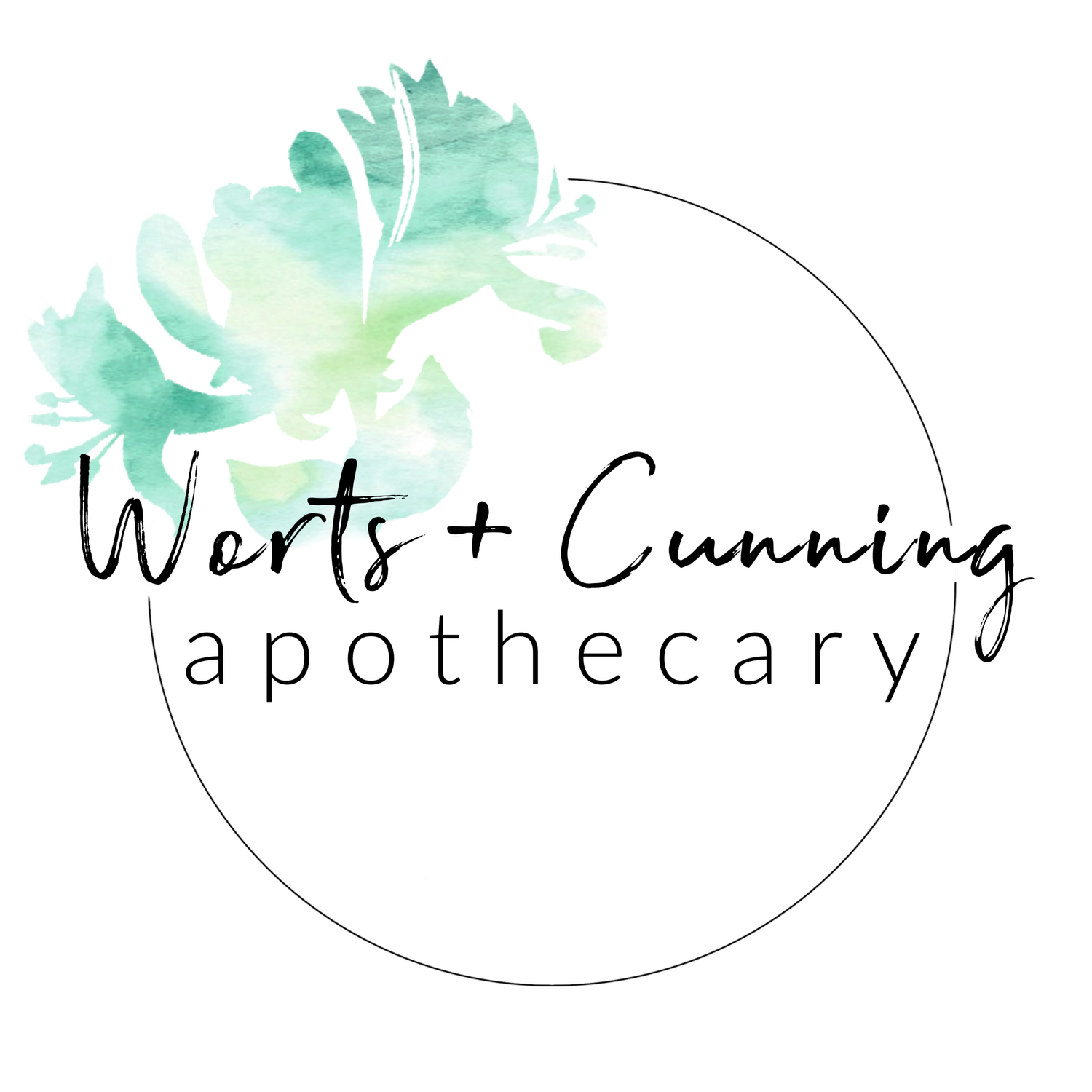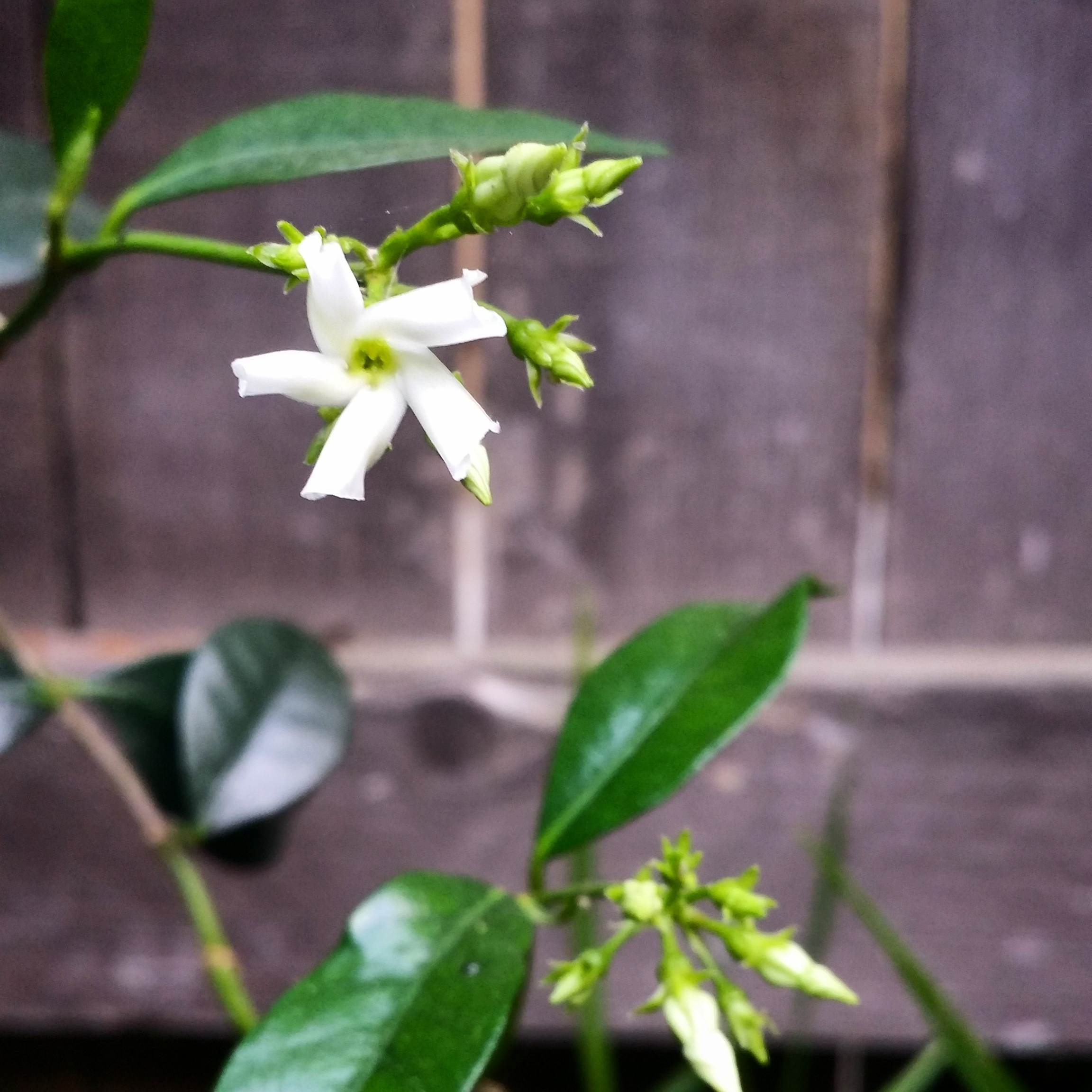Herbs of the Full Moon
This is an old post from the archives, but will get you started on your journey of herbs and Moon magick. You can learn about how lunar correspondences are created in traditional western herbalism as well as herbs of the New Moon over here. Or how to make medicine by the Moon. Enjoy!
We plant by the moon, pick, and make medicine by the Moon. The Moon calls the tides of our earth's waters and our own individual tides. Just as some herbs are more suited to organs in the body they also correspond to the planets which orbit the greater body of our earth.
Jasmine (Jasminum officinale)
Jasmine is a flower of love of both spiritual and physical manifestation. An aphrodisiac, Jasmine is also said to attract the good will of prosperity to those who wear it. In tea blends, it adds a calming element. The white of the Jasmine flower is what connects it to the full moon as well as the fact that the flower blooms only at night.
Anise (Pimpenella anisum)
A common and delicious spice for the kitchen, Anise is antispasmodic, antiseptic, and sopoforic, relieving gas pains and cramps. Anise brings harmony between those who ingest it and protects from terrifying dreams. Like Jasmine, it mingles the powers of our physical and spiritual needs for love, helping to dissipate the illusion that they are separate in the first place.
Mugwort (Artemisia vulgaris)
One of the most widely celebrated lunar herbs in traditional western herbalism, Mugwort aligns not only with the energy of the Full Moon but with all of the Moon’s phases. Reflecting its connection to the ever-changing Moon, Mugwort helps us move through stages of menstruation, pregnancy, birth, postpartum, and menopause and all variations of that a wombed body might take. An excellent ally, too, for awakening psychic gifts and bringing about vivid dreams.



